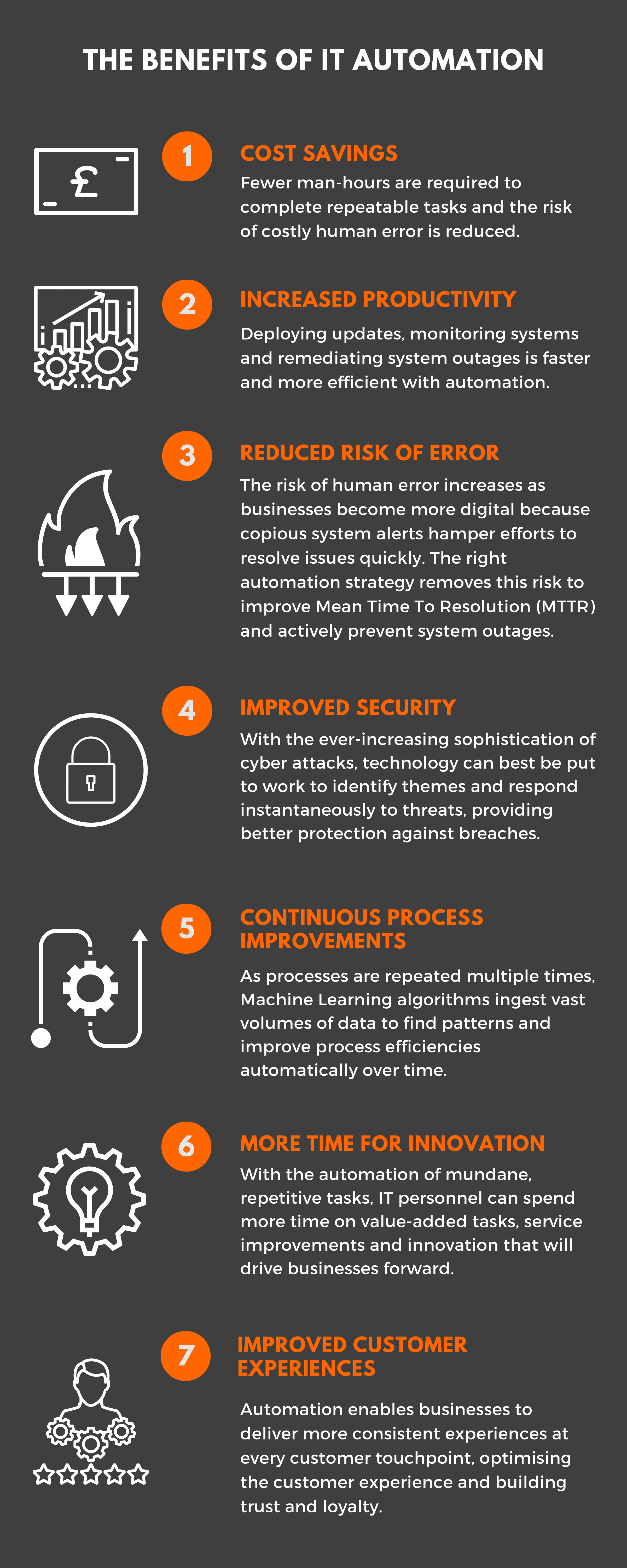Get a copy of our FREE Automation Success Kit to get your automation strategy right
Download It NowThe year businesses locked down and digitalised up
As we entered 2020, investments in digital transformations were continuing at pace. However, no one could have predicted the speed with which businesses would be forced to accelerate their digitalisation strategies to manage the impact of the global pandemic.
A McKinsey & Company study* of 900 C-Suite executives found that digital adoption across business operations jumped ahead 3-4 years in just a few months in 2020. Businesses turned 1-3 year technology roadmaps around in a matter of weeks to facilitate widescale remote working virtually overnight.
Couple this with the seismic shift of consumer behaviour towards digital interactions that the pandemic has driven and businesses have had to adapt their operating models at lightning speed. The McKinsey study found that greater investment was made in technology during lockdown than in any other business continuity measure.
As we adjust to another lockdown, a positive we can take from the pandemic is shifts in the mindsets of business leaders. Technology has been given a renewed strategic priority. The C-Suite now recognise the vital role technology plays in business continuity and in delivering competitive advantages in aiding recovery.
Rapid digital transformation drives an urgency for automation
It’s been awe-inspiring to witness and play our part in driving rapid digitalisation within so many businesses at such speed. However, we can’t ignore the longer-term challenges this feverish period of digital transformation will create.
With rapid digital transformation comes a number of risk factors:
Platform and data sprawl
The ease with which cloud platforms can be implemented with just a few clicks means businesses are now awash with platforms, some of which will be duplicated across departments. The resulting data sprawl poses a significant risk.
Siloed systems and siloed innovation
With departments rushing to implement their own solutions, opportunities to collaborate, integrate and innovate across the business are missed. This reduces the cost-effectiveness of investment and leads to inconsistencies across departments.
Security and governance challenges
The usual IT software request processes have been bi-passed in order to facilitate change at speed. IT no longer has control of the entire IT estate and there may be vulnerabilities they have no sight of.
A lack of process evolution
Cloud solutions may have been implemented quickly, however, the processes for managing and defining their usage may not have been. This adds further security and data management risk and a lack of consistency.
When implementing digital transformation at speed and without a long-term strategic roadmap, the vast benefits may not be fully realised. It’s an oft-quoted statistic that 70% of digital transformations fail – a shocking figure given the incredibly high stakes. The reason for this failure is usually attributed to a lack of an overarching strategy defining technology’s role in the strategic direction of the business.
In these unprecedented times, businesses haven’t had time to meticulously plan how IT investments will fit within their long-term strategy. This means they’re likely to be facing a new challenge ahead: How to govern and optimise their digital transformations.
They now need to act fast to address this or risk falling behind the competition.
Step forward IT automation
IT automation has been the hottest topic for businesses for some time. The early adopters have been reaping the benefits through the pandemic, as they were better able to adapt at speed. Those that have been debating the benefits but not investing need to take that leap. This is because automation is becoming imperative to ensuring the success of their digital investments.
With ever-increasing pressure on IT personnel, the ever-growing complexity in modern IT environments and the challenges of a distributed workforce, automation offers significant benefits to drive businesses forward.
Do more with less for long-term success
Now more than ever, there’s a significant case for investing in IT automation to improve speed, consistency and security. A recent study by Vanson Bourne, cited on Computer Weekly**, shows that “93% of CIOs think AI-assistance will be critical to IT’s ability to cope with increasing workloads and deliver maximum value to the business”.
The key to addressing the challenges that businesses now face is to carefully assess business processes. Look at those that are holding the business back or offer the opportunity to help achieve its long-term strategic goals. But don’t automate just because you can. If it won’t add value, either in cost savings, productivity efficiency or customer experience, then it shouldn’t be a priority. Remember these wise words…
“The first rule of any technology used in a business is that automation applied to an efficient operation will magnify the efficiency. The second is that automation applied to an inefficient operation will magnify the inefficiency.”
Bill Gates
Stop debating and start automating
2020 has forced automation to rise to the top of strategic discussions. Just a year earlier, IT and business leaders may have been debating the benefits of automation but with little commitment. Now, automation is a priority and business leaders recognise they need to automate to emerge stronger in the new normal.
With the right automation strategy, IT environments can scale more quickly. Automation ensures fewer errors and is more responsive to changing business and economic demands.
To recover quickly, we need to put technology to work.
By embedding an automation ethos into our IT managed services, we’re able to deliver business-changing process efficiencies. This increases the speed with which organisations can react to change.
Sources: * McKinsey & Company study
** Computer Weekly article



















